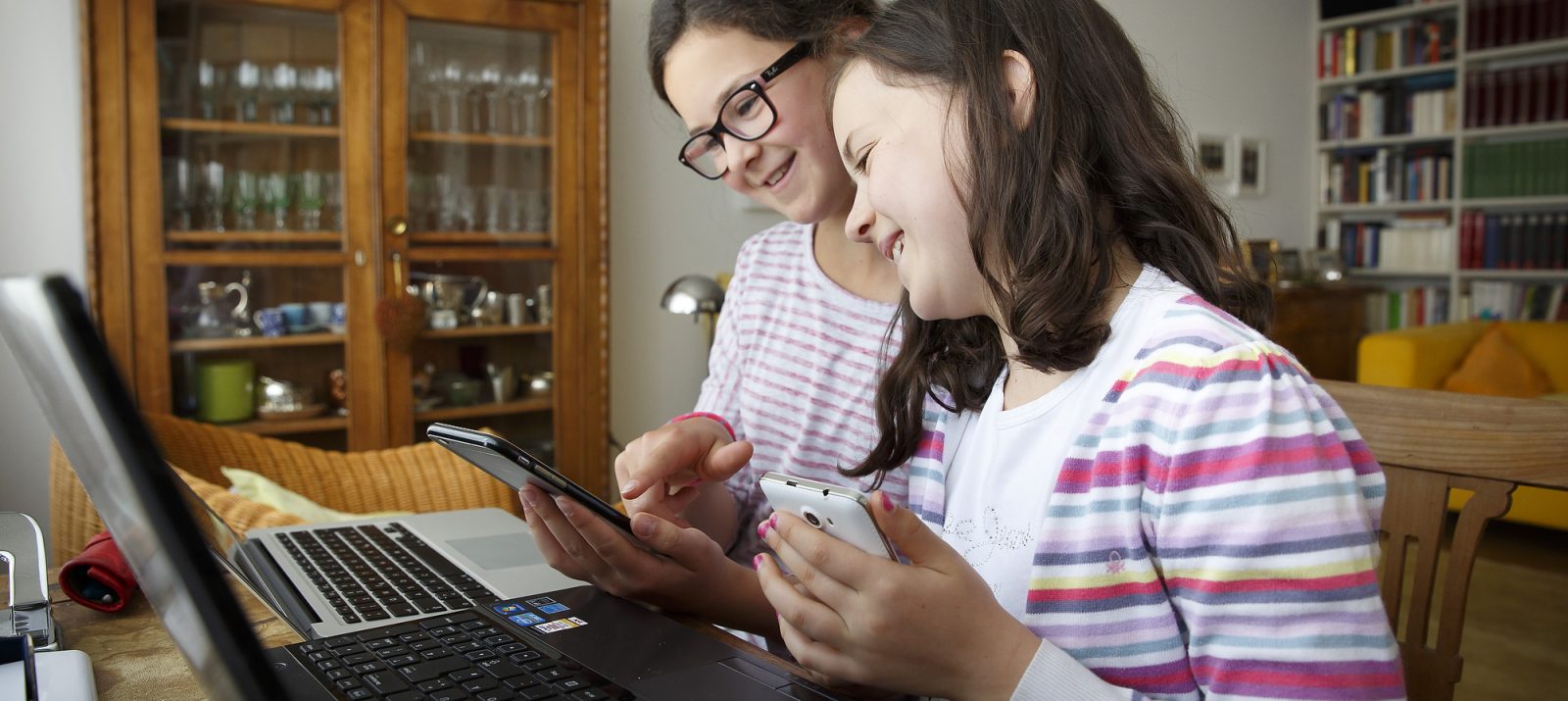
Would your son rather spend hours fighting Fortnite monsters than learning vocabulary? Or is your daughter intensively building a city in Minecraft and forgetting her math homework? Of course, playing is often more fun than learning. To increase motivation, more and more learning material in education is therefore being taught in a playful and digital way.
Gamification involves transferring principles – such as competition and reward – from games to other contexts that actually have nothing to do with games – such as education. Linking learning material to a story is also referred to as learning through play.
So when your child reaches level five in vocabulary learning or cracks the class high score in mental arithmetic and receives a sticker as a prize for it, these are typical examples of gamification.
Gamification can make learning more effective. This is because students learn with less pressure and anxiety, while creative skills are released. In addition, they are better able to memorize learning material, as it is often conveyed much more vividly.
When it comes to learning through play with digital media, students’ motivation increases when they learn with a computer and tablet and the learning software is more reminiscent of an animated computer game than dull physics homework.
Many schools are therefore using more and more digital games and apps in the classroom. Whether it’s building cities with Minecraft in geography class, playing digital scavenger hunts with Actionbound in history, or creating an explainer film in German class. However, many schools lack appropriate equipment, software and accompaniment. Digital, game-based learning can therefore also take place from home.
Scoyo is a learning platform where learning takes place rather incidentally: Your child can practice math together with the math pirates on the math planet and translate words and sentences on the vocabulary island with a soccer team to kick the ball into the goal. Points are awarded for the correct solution, which can then be redeemed for a bicycle or new sports shoes for the avatar. The material is adapted to grade level, school type and state. An alternative offering is available at sofatutor.com. Both are also available as an app. Many apps for younger children also work on the principle, so that letters or numbers are learned in the form of a game.
You might think that textbooks and vocabulary cards will soon be irrelevant. But analog learning remains important and should not be completely replaced: For example, people read very differently on paper than on a screen. And handwriting vocabulary is probably still the best way to memorize the correct spelling.